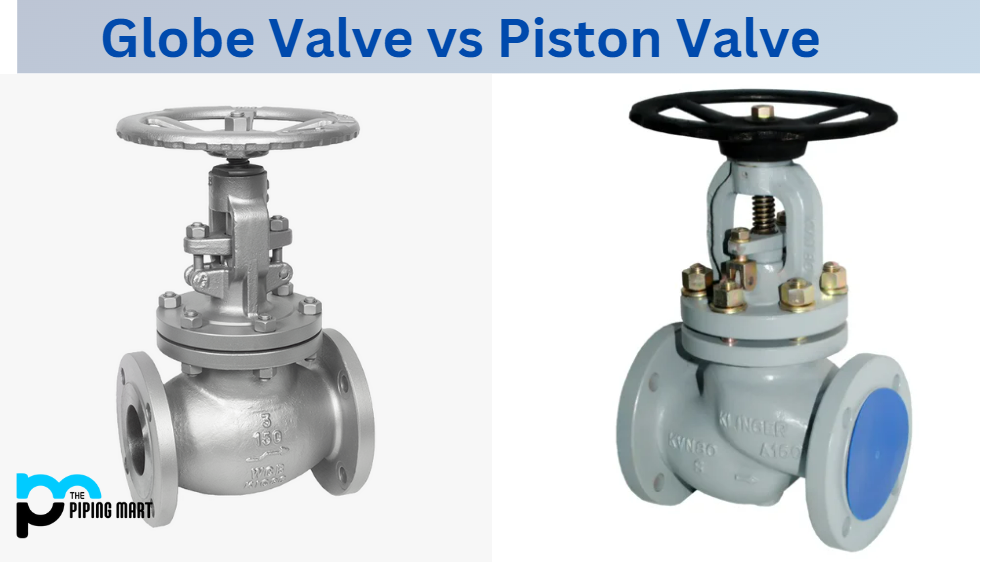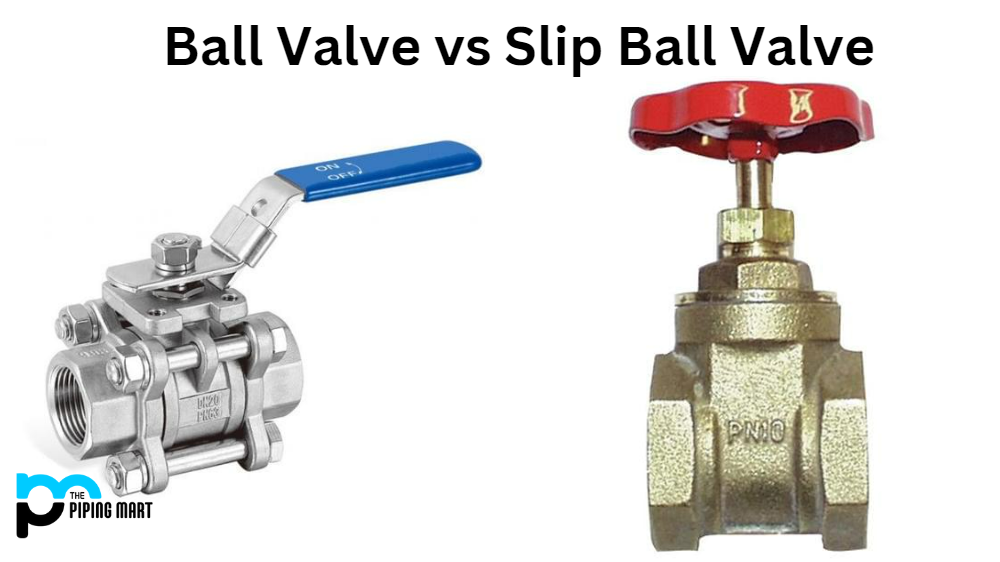Whether creating a new system or updating an existing one, selecting the correct valve is crucial to ensuring smooth and efficient operations. Two types of valves commonly used in industries are globe and piston valves. This blog will discuss the differences between globe and piston valves to help you choose the correct valve for your system.
What is Globe Valve?
Globe valves regulate the flow of liquids or gases in a pipeline. These valves are named so because they look like a globe-shaped body with an opening in the center. They have a linear motion stem that rises and falls to control fluid flow in the pipeline. Globe valves are best suited for applications where flow control is required, but not at high velocity because they operate at low-velocity rates.
Globe valves are ideal for throttling and regulating the flow of liquids and gases such as steam, oil, and chemicals that may contain solid particles. They are commonly found in chemical plants, oil refineries, and water treatment facilities.
What is Piston Valve?
Piston valves control the flow of fluids and gases in a pipeline. They have a spring-loaded piston that moves up and down to regulate fluid flow. A piston valve is a type of reciprocating valve that moves back and forth instead of rotating like a ball valve. Piston valves are best suited for applications where high-velocity rates are required, and they are used to regulate the flow of fluids such as steam, gas, and liquids.
Piston valves are commonly found in power plants, petrochemical facilities, and industrial boilers. They are preferred over globe valves because they have a higher flow coefficient, which means they can pass a greater fluid volume with less resistance.
Difference Between Globe Valve and Piston Valve
One of the main differences between globe valves and piston valves is how they operate. Globe valves have a linear motion stem that rises and falls to regulate fluid flow. Piston valves, on the other hand, have spring-loaded piston that moves up and down to control fluid flow.
Another difference is that globe valves are best suited for low-velocity applications, while pistol valves are better suited for high-velocity applications. Globe valves have a lower flow coefficient than piston valves, which means they can pass a lower fluid volume with more resistance.
Choosing the Right Valve
When choosing between a globe valve and a piston valve, it is vital to consider the application requirements and operating conditions. For instance, a globe valve is an appropriate choice to regulate fluid flow at low velocities. If high-velocity flow rates are required, a piston valve should be selected.
Other Differences
- A globe valve is a type of valve used to control the flow of fluids in a piping system.
- A piston valve is a type of valve used to control the flow of fluids in a piping system.
- Globe valves are typically used in applications where a high degree of accuracy is required, such as in controlling water or steam flow in power plants.
- Piston valves are typically used in applications where a high degree of accuracy is not required, such as in air or gas flow control in industrial settings.
- Globe valves have a round body with a disk-shaped plug that fits into the body and controls fluid flow through the valve.
- Piston valves have a cylindrical body with a piston-shaped plug that fits into the body and controls fluid flow through the valve.
- Globe valves are more expensive than piston valves due to their higher degree of accuracy and precision.
- Piston valves are less expensive than globe valves due to their lower degree of accuracy and precision.
Conclusion
Choosing the correct valve is crucial to ensure smooth and efficient operations in any system. Globe valves and piston valves are used in industries to control fluid flow. By understanding their differences and application requirements, you can choose the correct valve for your system to maintain optimal flow control and prevent valve failure.

Abhishek is a seasoned blogger and industry expert, sharing his insights and knowledge on various topics. With his research, Abhishek offers valuable insights and tips for professionals and enthusiasts. Follow him for expert advice on the latest trends and developments in the metal industry.




